Overview of our Bolivar – Bogota to Cartagena Tour
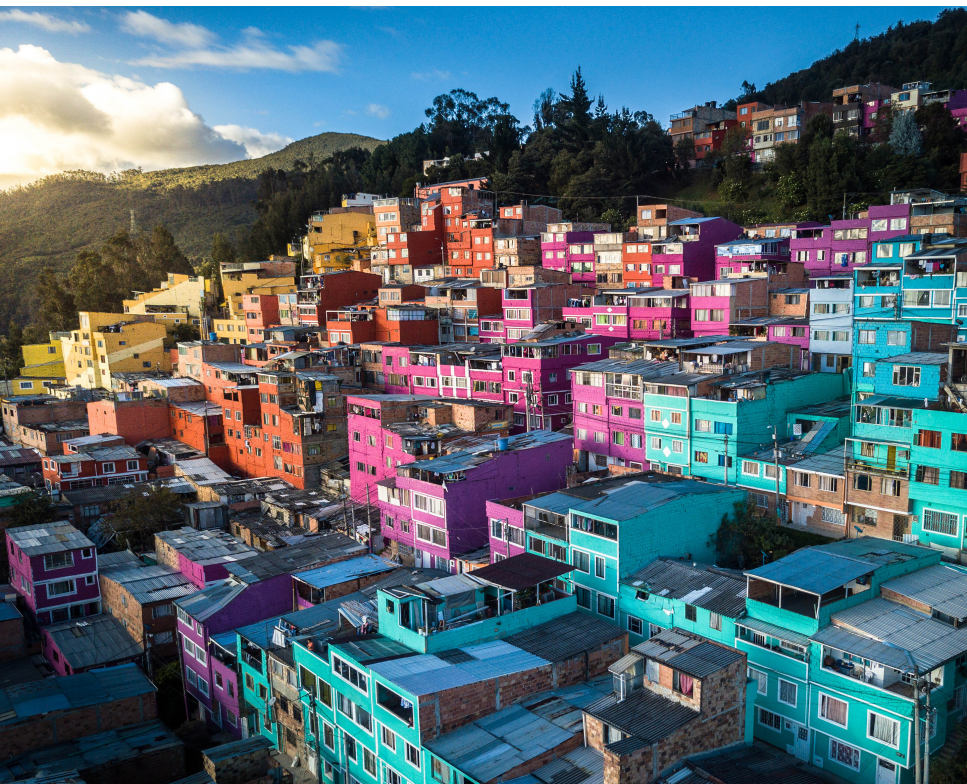
Cycling between Bogota and Cartagena offers you the chance to see Colombia’s cultural and geographical diversity, from the bustling urban landscapes to tranquil countryside, and from the coffee plantations to the Caribbean coastline. Along the way, you’ll encounter warm and welcoming locals, taste traditional Colombian dishes, and gain insights into the country’s rich history and heritage.
Embark on our challenging Colombian cycling tour with plenty of climbing and the iconic Alto de Letras climb. However, beyond the hills, experience cultural immersion in Bogota & Medellin, colonial charm in Villa de Leyva, coffee delights in the Coffee Triangle, and coastal beauty in Cartagena. This well-rounded adventure combines diverse landscapes, history, and thrilling cycling experiences.

Our historical theme is centred around the life and legacy of Simon Bolivar, known as “El Libertador,” who played a key role in the liberation of Colombia from Spanish colonial rule. His legacy is deeply ingrained in Colombia’s history, culture, and identity, as he remains an enduring symbol of freedom and unity, shaping the nation’s values and aspirations.
Colombia boasts a rich cycling heritage and has become a safe and popular travel destination for cyclists. The country has produced numerous world-class cyclists – think Nairo Quintana, Egan Bernal, and Rigoberto Urán – and has a passionate cycling culture.
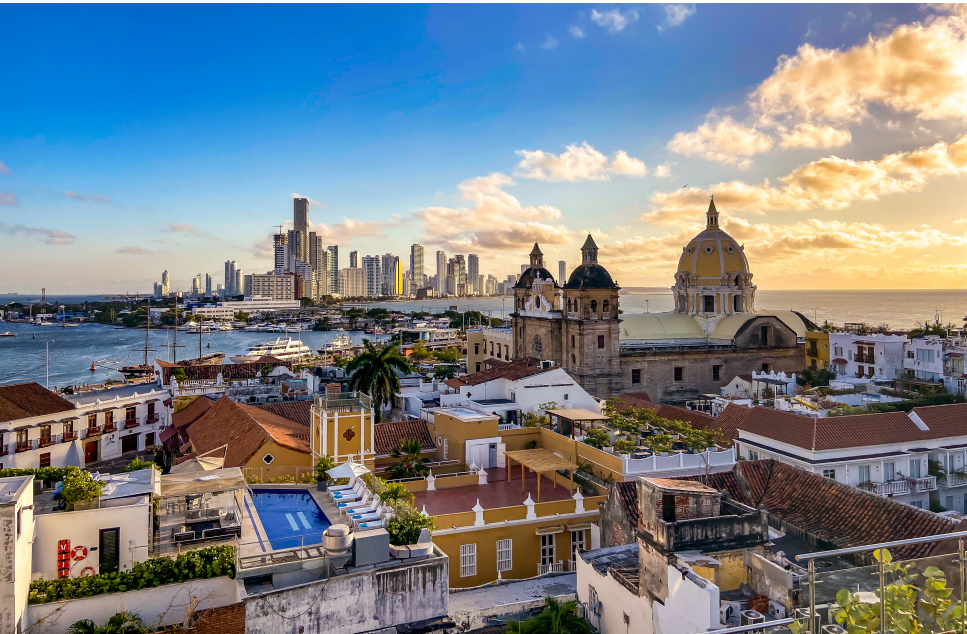
Bolivar Colombia Bike Tour Highlights
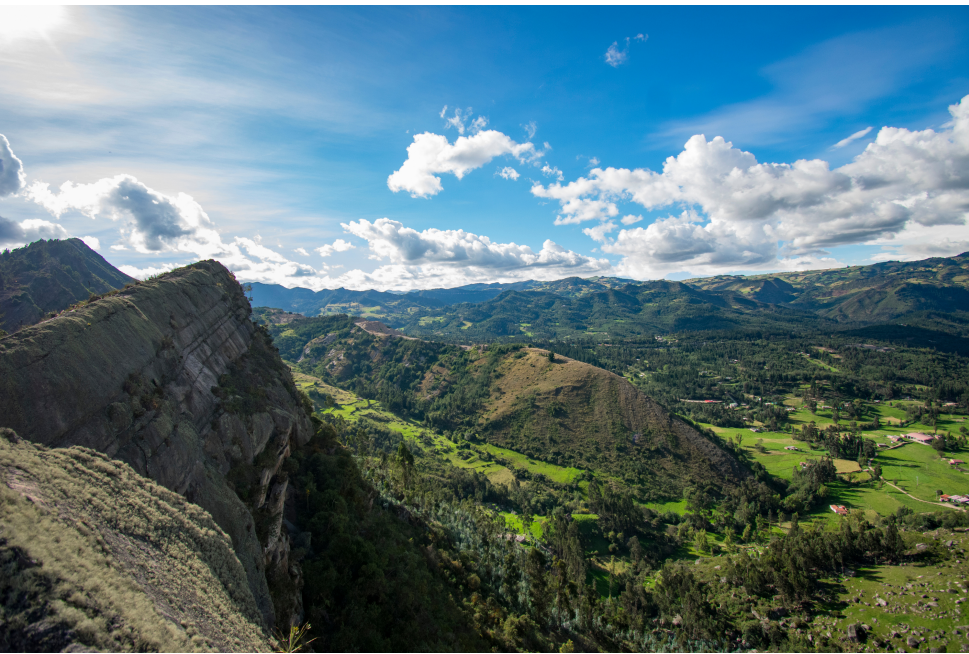
• The Andes Mountains: Colombia’s stunning Andean region provides a plethora of challenging climbs and rewarding descents, offering some of the most scenic cycling routes in the world.
• Lake Guatavita Loop: A legendary site with ties to El Dorado and Colombian indigenous cultures.
• Climb to Alto de Letras: one of the longest climbs on Earth, spanning over 80 kilometers with an ascent of more than 3,600 meters. A true bucket-list challenge.
• Visit the Casa de Narino: the Presidential Palace, where Bolivar lived during his time as President
• Discover Medellin: A city with a captivating charm, from its lush landscapes to dynamic urban culture, warm people, exciting nightlife, and a remarkable transformation
• The Ciclovía: Medellín has embraced cycling culture hosts a weekly Ciclovía, where major roads are closed for cyclists and pedestrians.
• Local Hospitality: Colombian culture is famously warm and welcoming. Did we mention that cycling is also hugely popular too?
• Zona Cafetera: In search of the perfect coffee – Colombia’s coffee region and a UNESCO World Heritage site
• Explore Cartagena: It’s enchanting old town, vibrant streets, historic fortifications, beautiful beaches, and delightful Caribbean cuisine for an unforgettable adventure
• Santa Marta: Finish the tour on Colombia’s Caribbean coast and visit the Cathedral Basilica of Santa Marta where Simone Bolivar was interred when he died in 1830.
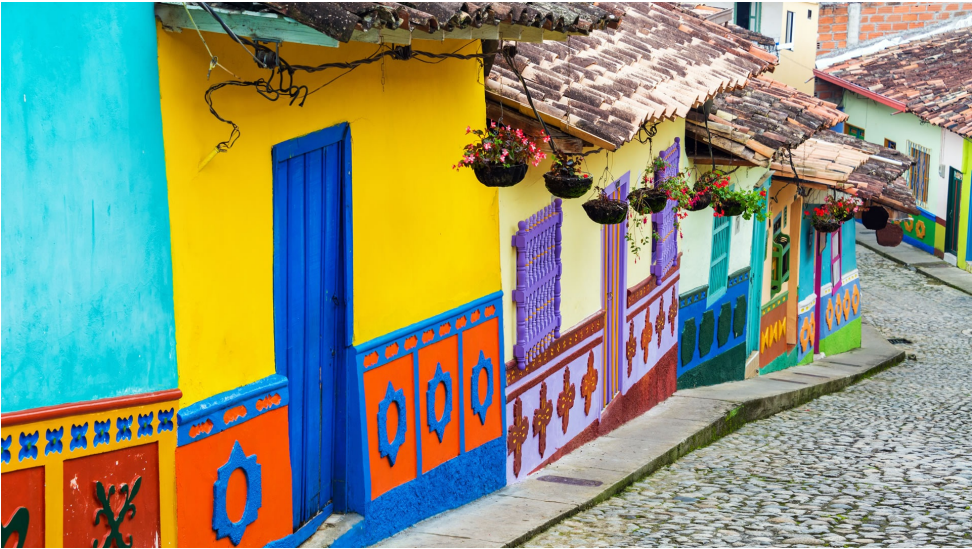
Bolivar – Bogota to Cartagena Tour Dates
| Stage | Start Date | End Date | Days | Cost (Euros) |
|---|---|---|---|---|
| Bogota to Cartagena | TBC | TBC | 21 Days / 20 Nights | TBC |
All tours and individual stages are available as a custom tour for your group – contact us for details.
What’s Included?
- Accommodation in our carefully selected hotels
- Meals – hotel breakfasts, snacks en route and pre/post-ride nutrition, lunches including the famed Ride and Seek picnics, multi course group dinners with a focus on the local cuisine.*NB we include occasional independent lunches & dinners to break up the week
- Ride and Seek jersey
- Garmin 1030 use with all routes preloaded
- Ride and Seek water bottle
- Kit laundry service once a week
- Passionate, experienced and knowledgeable guides always on hand to help
Not Included
- Alcoholic beverages
- Bike hire
- Pre & post tour accommodation
Supplements
- Single supplement – Our prices are based on twin/double occupancy. If you wish to have your own room then a supplement is applicable.
Deposit
- To reserve a place on a stage of this tour we ask for a deposit of €500 (or your local currency equivalent). We also accept payment in GB£ and AU$. The final invoice will include any applicable single supplements and bike hire costs.
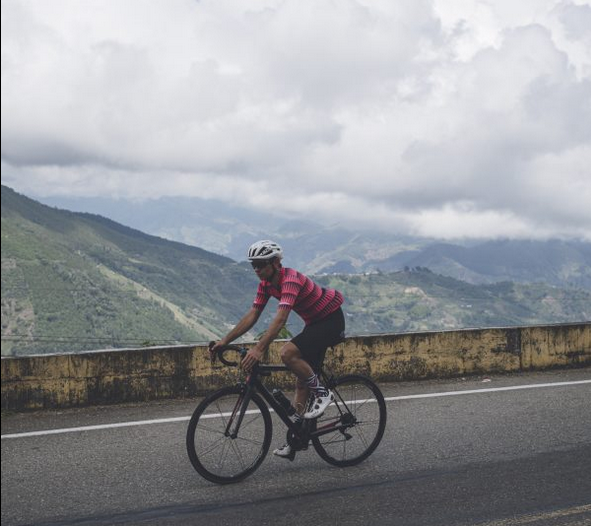
Simón Bolívar – ‘The Liberator’ of Colombia
Simón José Antonio de la Santísima Trinidad Bolívar y Palacios was a Venezuelan military and political leader who led the countries, now known as, Colombia, Venezuela, Ecuador, Peru, Panama, and Bolivia, to independence from the Spanish Empire. He is known colloquially as ‘El Libertador’, or the Liberator of South America.
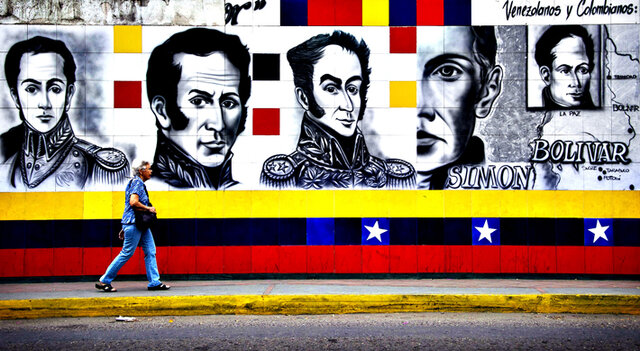
Born on July 24th, 1783, in Caracas, the capital of the Captaincy General of Venezuela, Simón Bolívar was the youngest son of one of the wealthiest families in South America. His father died when Simón was only two years old and custody was passed on to his mother and her father. He was raised separately from his siblings and as was custom at the time, was cared for by Hipólita, an African house slave.
In 1792, his mother died of tuberculosis and the following year his grandfather died. Custody of Simón was passed on to his uncle Carlos, who Simón loathed, as he believed his uncle was only interested in the family inheritance.
Simón had a troubled upbringing and was described as being a difficult, unruly child. In June 1795 he ran away from his uncle, to the home of his sister and her husband. They took him in and tried in vain to have his new residency officially recognized. Simón was instead ordered to live with Simón Rodríguez, who ran the school where Bolívar was educated. Rodríguez became a mentor to the young boy and was probably the main catalyst for Bolívar’s political leanings.
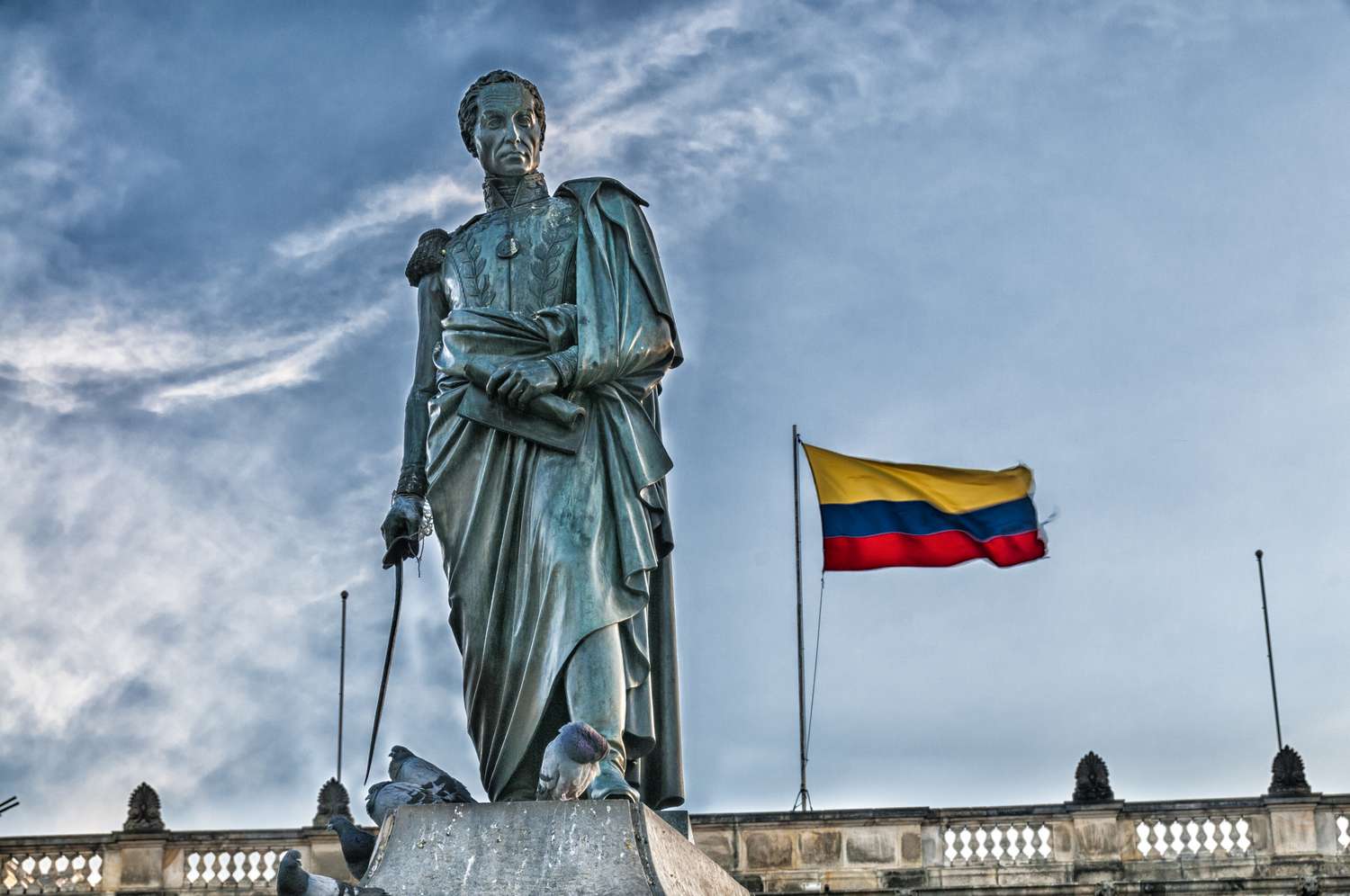
In 1797, Rodríguez was linked to a pro-independence conspiracy and was forced into exile. The teenage Bolívar was then enrolled in an honorary militia force. He was commissioned as an officer after a year. His uncles, Carlos, and Esteban Palacios y Blanco, decided to send young Bolívar to join the latter in Madrid. There, Esteban was friends with Queen Maria Luisa’s trusted advisor, Manuel Mallo. However, in February 1800, Mallo fell out of the Queen’s favour. Members of Mallo’s faction at court were arrested on pretence, (including Esteban) and Bolívar was subsequently banished from court, (for wearing diamonds without royal permission).
Around the same time Bolívar fell in love with María Teresa Rodríguez del Toro y Alayza and the two were engaged. They would have to wait several years to be together, as individual duties kept them apart. Bolívar and del Toro, aged 18 and 21 respectively, were married in Madrid on 26 May 1802. The couple then boarded the ship ‘San Ildefonso’ in A Coruña, on 15 June and sailed for La Guaira, (Venezuela) where they arrived on 12 July. They settled in Caracas. María fell ill and eventually died of yellow fever on 22 January 1803.
Bolívar was devastated by del Toro’s death and swore never to remarry.
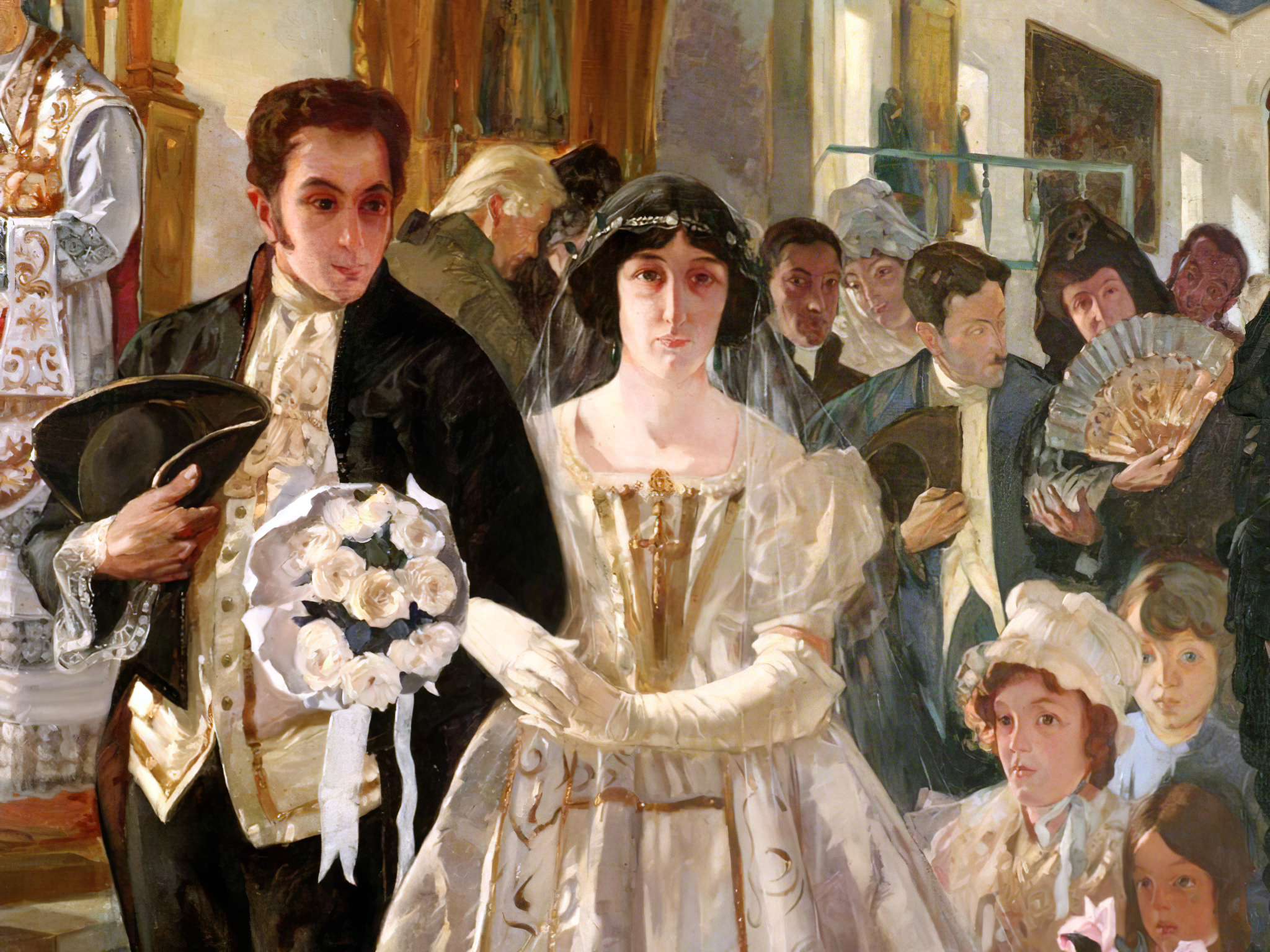
By July 1803 Bolívar had decided to leave Venezuela for Europe. He witnessed the coronation of Napoleon in 1804, but he was not sympathetic to French imperialism. After travelling with Simón Rodríguez through Italy, Bolívar had seen enough to declare his intent to see the Americas free from Spanish rule. He sailed back to Venezuela in 1807, where he began to meet with other creole elites to discuss independence from Spain. He discovered that he was far more radical than the rest of Caracas high society.
In 1807-08 Napoleon invaded the Spanish peninsula and gained decisive control. After much political manoeuvring in Venezuela, (and the dissolution of several governments), the country eventually came to be ruled by the ‘Supreme Junta of Caracas’, which rejected French rule, as well as the Spanish regency, (under the control of Napoleon’s brother, Joseph Bonaparte). The junta acquired Simón Bolívar’s services as a diplomat and Bolívar was sent to Britain to request their support in gaining Venezuelan independence. However, this bid failed and Britain could offer no concrete support, citing their Anglo-Spanish relations as being more important.
Bolivar returned to Venezuela in 1811, where the country was debating whether or not to declare independence. Bolívar helped to create the Patriotic Society, an organisation dedicated to gaining independence and he campaigned passionately. After a vigorous national debate, the Venezuela national assembly declared independence on the 5th of July 1811. Bolivar was overjoyed. To mark the occasion he freed all the slaves in his family and called for the end of slavery in the western hemisphere.
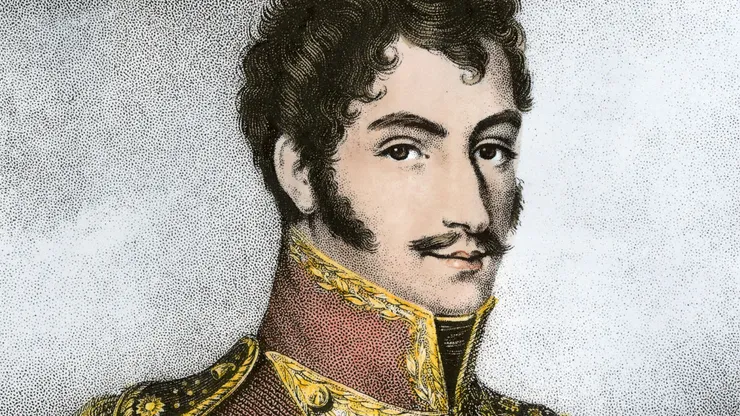
The declaration brought about a state of war between the Republicans and the Royalists in the new country. It was to be a prolonged and brutal war. Bolívar played a prominent role in the military at this time. Despite early Republican victories, the Royalists achieved victory. This was partly due to a huge earthquake that shook the country, specifically in Republican areas. The populace, on both sides, believed that the natural disaster was God’s retribution for Venezuela declaring independence. Republican forces finally capitulated and Bolívar fled. Aided by friends, he managed to escape Venezuela, across the border, into the ‘United Provinces of New Granada’, (Colombia).
In New Grenada, Bolívar wrote ‘The Cartagena Manifesto’ in which he called for renewed efforts for Venezuela to regain its independence from Spain.
With high-ranking contacts, Bolívar managed to secure a position as the commander of a 70-man garrison in a small town. New Granada was an ally in the fight against Spain, and Bolívar managed to secure permission to launch an invasion of Venezuela in 1813.
His army quickly swept through the country and his forces captured Caracas within six months. He was able to enter Caracas on 6 August 1813 and was named ‘El Liberator’ and the Dictator of the Second Republic of Venezuela.
His initial success did not last however. Many Venezuelans were nervous of the radical revolutionaries and preferred the stability of Spanish rule, (which they were accustomed to). Venezuela was not completely unified and was financially devastated. Many people of colour remained disenfranchised and refused to support the new government. Bolívar also had a powerful Republican rival in the east, Santiago Mariño, who was unwilling to subordinate himself. The newly installed dictator faced insurrections and war from multiple directions.
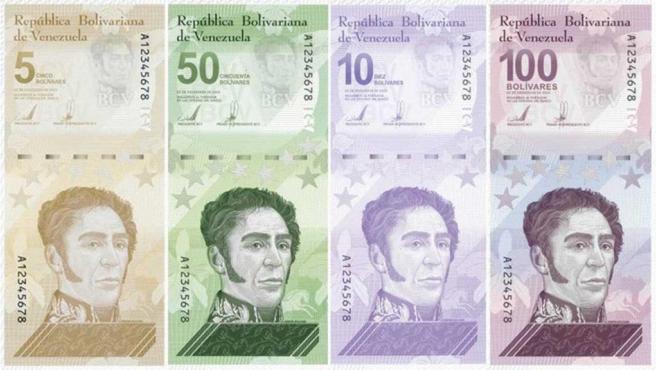
Spanish led forces succeeded in driving Bolivar out of Venezuela again and he fled to New Granada for a second time, where he was tasked with subduing the rebel territory of ‘The Free and Independent State of Cundinamarca’. The conflicts at this time were characterised not only by Republicans fighting against Royalists, but also by conflicting ideals of centralised and federalised governments. Cundinamarca supported centralism, while New Granada had a federal structure. This posed an ideological problem for Bolívar as he was a centralist. He captured the Cundinamarca capital of Bogotá, but made a truce with the Cundinamarcans, following which he resigned from his post in the New Granadan military and fled in exile to Jamaica.
Bolívar travelled to Haiti, after surviving an assassination attempt in Jamaica.
In Haiti he met the country’s president, Alexandre Pétion and they became good friends. Pétion agreed to help Bolívar with financial aid and supplies, providing that Bolívar agreed to emancipate all enslaved people in Venezuela. Bolívar agreed and sailed back to Jamaica, where he met with Republican leaders to formulate a plan.
In a letter from Jamaica in 1815, Bolívar wrote:
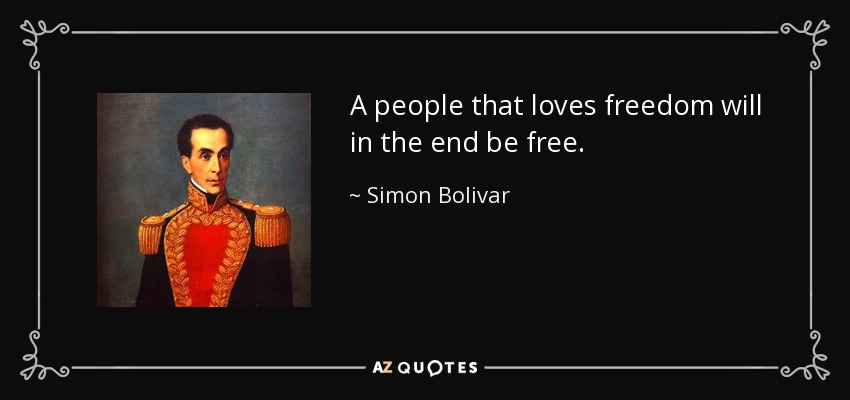
“A people that love freedom, will, in the end be free. We are a microcosm of the human race. We are a world apart, confined within two oceans, young in arts and sciences, but old as a human society. We are neither Indians, nor Europeans, yet we are a part of each.”
Supported by Pétion, Bolívar returned to Venezuela with an army in 1816 and won limited victories. However, his army was defeated and scattered. In July he was forced to return to Haiti. Other Republican troops in Venezuela fled into the jungle and waited for Bolívar’s return.
Pétion again agreed to help his friend Simón and so Bolívar was able to return once again to Venezuela. Upon arrival, he issued a call for the new Third Republic to be created. The Republican military forces united under him, but there was much jostling for power. He was able to unite former Republican enemies and achieved a string of military successes against Royalist forces. Although Venezuela was not fully under Republican control, Bolívar was declared supreme leader of the Third Republic.
On the back of these more permanent military successes in Venezuela, Bolívar then decided to split his forces. Leaving his generals to complete the victory against the Royalists, he marched with 2000 soldiers into New Granada territories and met up with Republican allies across the border. Achieving a decisive victory at the Battle of Boyacá. Royalist forces then abandoned the capital of Bogotá, allowing the Republicans to capture the city treasury.
Bolívar designed a constitution for what historians now refer to as ‘Gran Colombia’. This was the beginning of independence in Colombia.
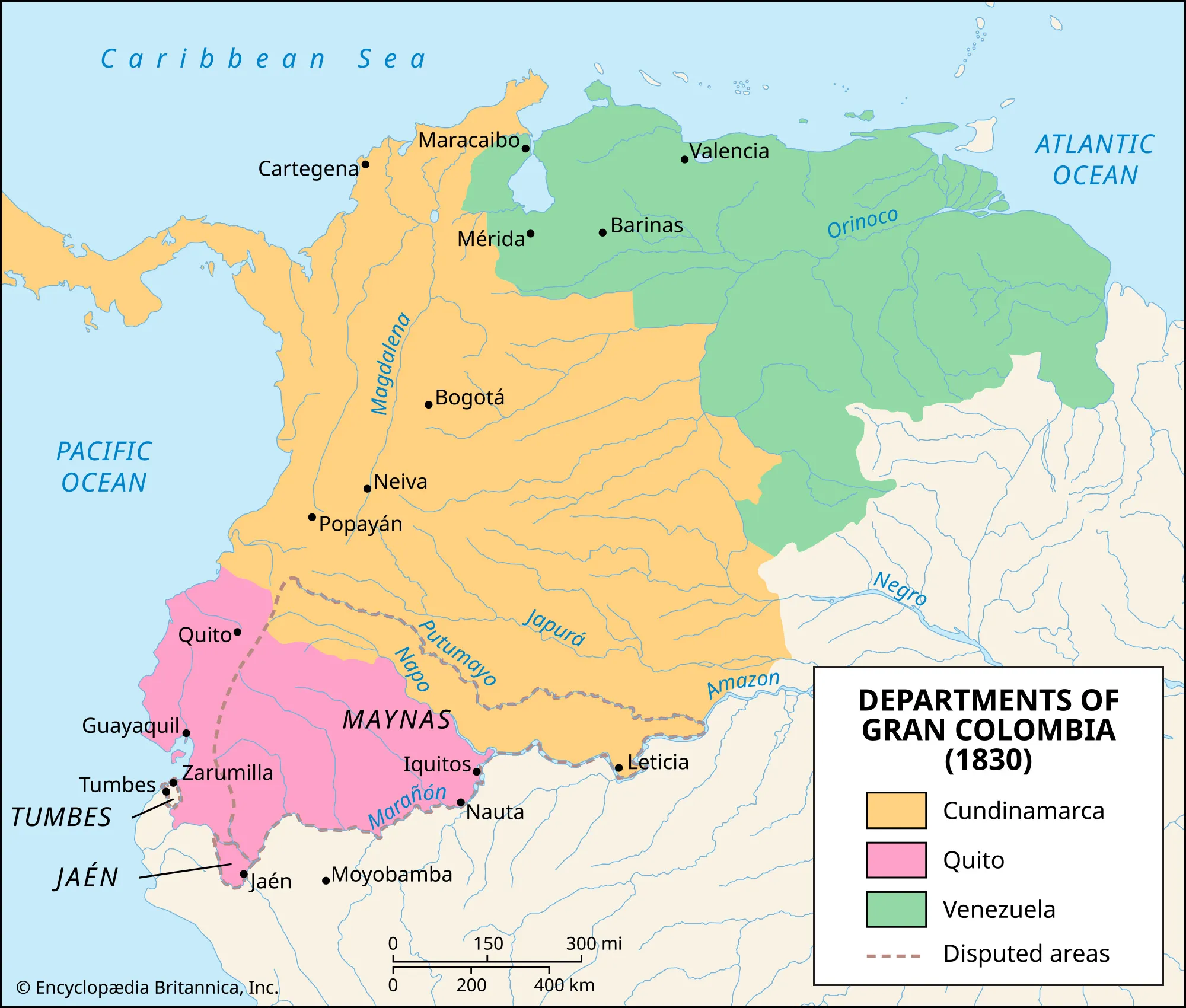
Next:
Overview
The Trip
Cycle Columbia from Bogota to Cartagena, exploring stunning scenery and the legacy of Simon Bolivar, El Libertador.
Schedule a CallTour at a Glance
The Epic – Bogota to Cartagena
Dates: TBC
Countries: Colombia
Number of days: 17 days
Number of stages: 1
Price: TBC
Grading:![]()
.